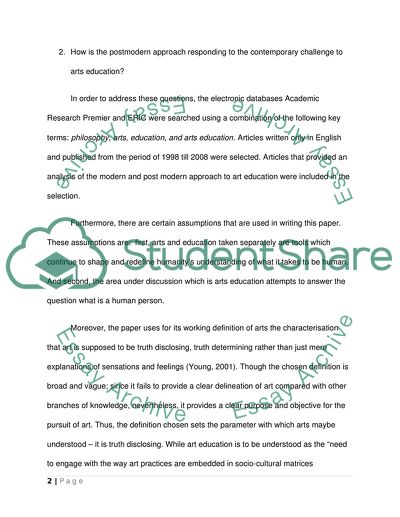Cite this document
(Art Education Case Study Example | Topics and Well Written Essays - 3500 words, n.d.)
Art Education Case Study Example | Topics and Well Written Essays - 3500 words. Retrieved from https://studentshare.org/education/1730367-art-education
Art Education Case Study Example | Topics and Well Written Essays - 3500 words. Retrieved from https://studentshare.org/education/1730367-art-education
(Art Education Case Study Example | Topics and Well Written Essays - 3500 Words)
Art Education Case Study Example | Topics and Well Written Essays - 3500 Words. https://studentshare.org/education/1730367-art-education.
Art Education Case Study Example | Topics and Well Written Essays - 3500 Words. https://studentshare.org/education/1730367-art-education.
“Art Education Case Study Example | Topics and Well Written Essays - 3500 Words”, n.d. https://studentshare.org/education/1730367-art-education.


